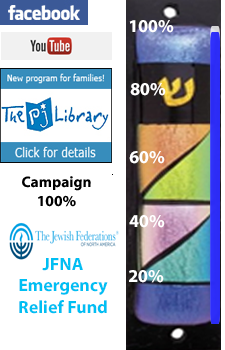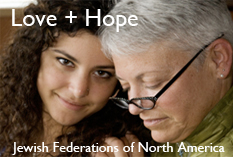The term “Kristallnacht” (Night of Broken Glass) refers to the organized anti-Jewish riots in Germany and Austria on November 9 and 10, 1938. These riots marked a major transition in Nazi policy, and were, in many ways, a harbinger of the “Final Solution.”
Nazi anti-Semitic policy began with the systematic legal, economic and social disenfranchisement of the Jews. This was accomplished in various stages (for example, the Nuremburg Laws of 1935, which, among other things, stripped German Jews of their citizenship.) One of these steps involved the deportation of 56,500 Polish Jews who were residing in Germany. On the night of October 27, 1938, 18,000 Polish Jews were deported, but were initially refused entry into Poland by the Polish authorities. Caught in between, the Jews were forced to camp out in makeshift shelters. Upon hearing that his family was so trapped, 17 year old Herschel Grynszpan, a student in Paris, shot the third secretary of the German Embassy, Ernst Vom Rath, whom he mistook for the ambassador. This assassination served as a welcome pretext for the German initiation of Kristallnacht.
Reinhard Heydrich, the head of the Reich Main Security office, gave instructions for the immediate coordination of police and political activities in inciting the riots throughout Germany and Austria. “… The demonstrations are not to be prevented by the police,” he ordered, rather, the police are “…only to supervise the observance of the guidelines.”
The result of this policy was the first violent pogram on Western European soil in hundreds of years. 36 Jews were killed (some authorities have this figure as high as 91); 30,000 more were deported to concentration camps; 267 synagogues were burned and over 7,000 Jewish shops, businesses and homes were vandalized and ransacked.
Immediately after Kristallnacht, a fine of one billion marks was levied, not upon the criminals but upon the victims, the Jewish community of Germany. Along with the fine came a decision, taken in a conference of Nazi leaders on November 12, 1938, to “Aryanize the German economy, to get the Jew out…” Nazi policy had now moved into the overt destruction of all Jewish life in the Third Reich.
There are important lessons to be drawn from Kristallnacht, for it served as a bridge experience for both Jews and Nazis. For the Jews, there was the terrifying realization that political anti-Semitism can lead to violence, even in western civilization. It also demonstrated that apathy can still pervade the world when the lives of Jews or other minorities are threatened.
For the Nazis, Kristallnacht taught that while the world might condemn their pogroms it would not actively oppose them. World opinion, however, taught the Nazis the value of secrecy and the perpetration of future actions against Jews. On Kristallnacht the stage was set for the “Final Solution” – the organized, bureaucratically efficient genocide of six million men, women and children.
In retrospect, Kristallnacht was more than the shattering of windows and illusions. It portended the physical destruction of European Jewry. As such, this commemoration must be observed both as a memorial and as a warning.


